Understanding Coffee Roast Levels |
 Print this page Print this page
|
Understanding
Coffee Roast Levels
Understanding the roast level of coffee beans is crucial in defining the distinct flavour profiles that aficionados cherish. Each roast, from light to dark, not only shapes the taste but also influences the aroma, body, and acidity of the coffee.
Whether selecting wholesale coffee beans for a commercial cafe, or buying great tasting coffee to enjoy at home, choosing the right roast level can have a significant impact on the drinking experience.
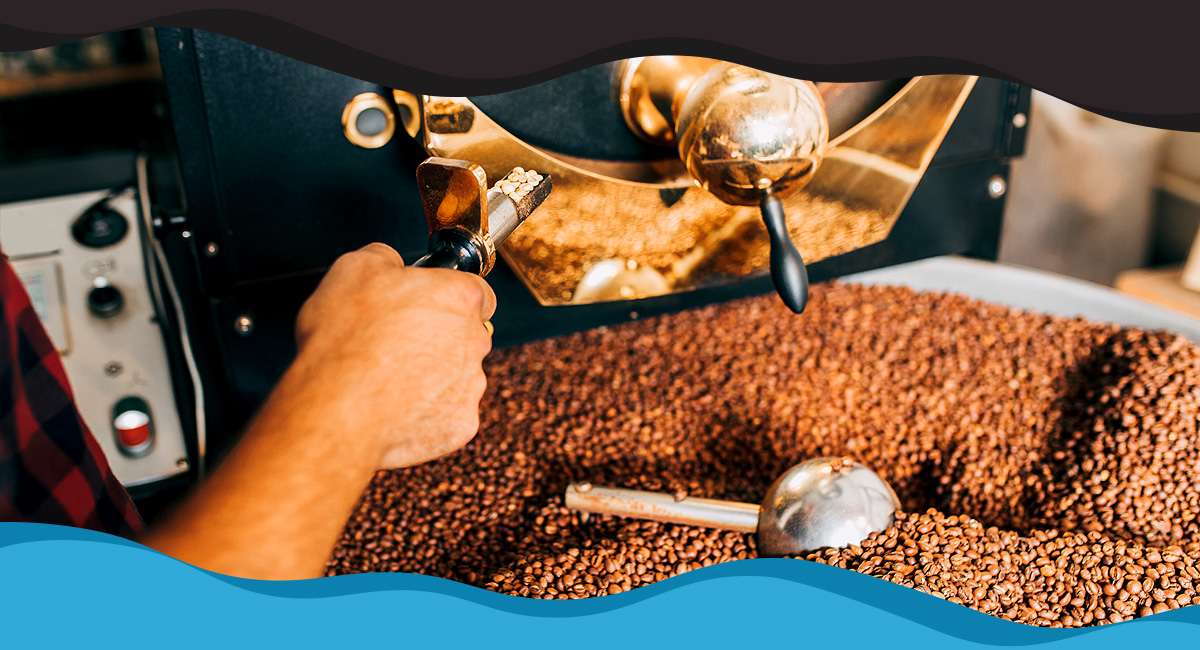
The Basics of Coffee Roasting
Coffee roasting is a transformative process that turns raw, green coffee beans into the aromatic, flavourful beans that we grind and brew. It is during roasting that coffee's unique flavours and aromas are developed through complex chemical reactions, making it an essential step in coffee production.
Roasting is much more than just browning the beans; it involves careful temperature control and timing to coax out the desired flavours and aromas specific to each batch of beans.
The Roasting Process
The process begins with green beans being heated in a roasting machine where they gradually increase in temperature. As they heat up, the beans undergo the Maillard reaction - a chemical reaction between amino acids and reducing sugars that gives browned food its distinctive flavour. This is followed by caramelisation, where sugars break down and contribute to the richness of the flavour. Throughout this process, the beans expand and change from green to yellow to varying shades of brown, depending on the roast level desired.
The roaster must monitor the process closely, as the difference between perfectly roasted coffee and a ruined batch can be a matter of seconds. Cooling the beans quickly after reaching the ideal roast level is crucial to stop the cooking process and lock in the desired flavours. This careful manipulation of time and temperature ensures that each coffee bean’s potential is fully realised, significantly impacting the final taste of the coffee.
Roasting Methods
There are two primary methods of roasting: convection and conduction. Convection roasting uses hot air to roast the coffee beans, ensuring even heat distribution and a uniform roast. The convection coffee roasting process can enhance the coffee's complexity and preserve its delicate flavours, making it superior for achieving consistent quality and highlighting the beans' intrinsic characteristics.
In conduction roasting, the coffee beans are roasted by direct contact with a heated surface, typically a metal drum or pan. This method relies on the transfer of heat through the bean via contact with the hot surfaces of the roaster. While conduction roasting can offer excellent control over the roast profile, especially for achieving darker roasts, it may not preserve the bean's subtle notes as effectively as convection roasting, which uses hot air to ensure a more gentle and even heat distribution.
Light Roast Coffee Beans
Light roast coffee is celebrated for its vibrant and complex flavour profiles. These roasts typically feature a higher acidity, which contributes to a lively, tangy taste that is often preferred by coffee connoisseurs. The body of light roast coffee tends to be thinner, providing a delicate, sometimes tea-like mouthfeel. In terms of colour, the beans are light brown and lack the oily surface seen in darker roasts, reflecting the shorter roasting process which preserves many of the original qualities of the bean. Ideal brewing methods for light roast coffee include pour-over and AeroPress, which can fully exploit the nuanced flavours by allowing precise temperature and brewing time control.
In business settings, light roast coffee is particularly popular in specialty coffee shops where customers appreciate the opportunity to experience the bean's authentic flavour profile. These settings often highlight the origin and unique characteristics of the beans, catering to a clientele that values quality and craft in their coffee.
Medium Roast Coffee Beans
Medium roast coffee strikes a harmonious balance between the bright notes of light roasts and the bold characteristics of dark roasts. This roast level enhances the coffee's body and flavour complexity without overpowering its inherent qualities. The beans exhibit a richer brown colour and may have a slight oily sheen, indicative of the roasting process drawing out more flavour compounds and oils.
The flavour profile of medium roast coffee is well-rounded, offering a perfect blend of acidity and sweetness. The acidity is less pronounced than in light roasts, yet it retains enough to add a crisp and engaging character to the coffee. The body is more pronounced, providing a satisfying mouthfeel that appeals to a broad audience.
In cafes and restaurants, medium-roast coffee is a versatile choice that caters to the majority of coffee drinkers. It is particularly suited for use in automatic espresso machines and drip coffee makers, making it a staple in settings where customers expect a consistent and enjoyable cup. This roast level appeals to a diverse demographic, from those who prefer a mild, approachable flavour to those who enjoy venturing slightly beyond a classic brew.
Dark Roast Coffee Beans
Dark roast coffee is known for its bold, rich flavours and a pronounced oiliness that appears on the surface of the beans. These roasts are taken further in the roasting process, which often results in a dark brown to nearly black colour with a shiny, oily texture. The extended roasting time reduces the bean's natural acidity, making the coffee smoother and less sharp on the palate.
The taste profile of dark roast coffee is characterised by a deep, often chocolatey or nutty quality, with hints of caramel or molasses resulting from the longer caramelisation of sugars within the beans. This produces a coffee with a fuller body and a robust, hearty mouthfeel, making it a favourite among those who appreciate a strong, impactful cup.
Dark roast coffee is especially popular in settings where the coffee needs to stand out through the milk or cream, such as in lattes or cappuccinos, and are typically aimed at consumers who value a potent and warming coffee experience.
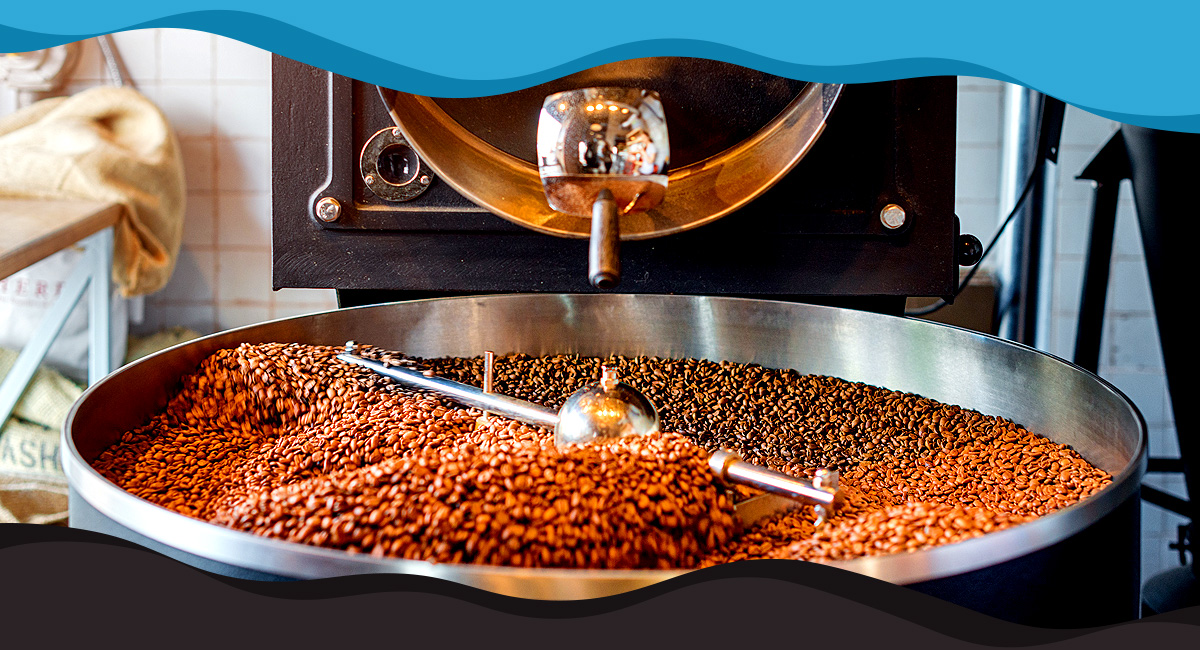
The Impact of Roast Levels on Flavour Profiles
The flavour profile of coffee is significantly influenced by the roast level, with each degree of roasting bringing out unique characteristics and subtleties. Light, medium, and dark roasts offer distinctly different experiences, catering to varied palates and preferences.
Each roast level also impacts the perceived sweetness, bitterness, and body of the coffee, altering how the coffee feels in the mouth and how long the flavour lingers after drinking. Understanding these differences is important to enable you to select the appropriate coffee that matches your flavour preference and brewing method.
Whether it’s a delicate light roast brewed through a meticulous pour-over method, a balanced medium roast for the morning espresso, or a strong dark roast to cut through a milky latte, the roast level is fundamental in crafting the desired coffee experience.
Light Roast Flavour Profile
Light Roasts are typically roasted at a temperature between 180°C to 204°C, just reaching the first crack stage where the bean physically expands and makes a cracking sound. This level preserves many of the original flavours of the coffee, which can range from fruity to floral, depending on the bean’s origin.
These roasts retain the highest acidity, providing a brightness that is highly appreciated by enthusiasts. The body is lighter, making it ideal for those who enjoy the subtle, nuanced flavours that might be overshadowed in darker roasts.
Medium Roast Flavour Profile
Medium Roasts are subjected to higher temperatures, usually between 210°C and 220°C, which is just past the first crack but before the second. This roasting level is often described as the "American roast" because it balances acidity, intrinsic sweetness, and the fuller body that many coffee drinkers favour.
The flavours become more balanced, with the acidity diminishing slightly and the beans' inherent qualities still recognisable but enriched with a caramel-like sweetness. This roast level is versatile, and suitable for both black coffee and those who add milk or sugar.
Dark Roast Flavour Profile
Dark Roasts reach temperatures from 225°C to 250°C, venturing into the second crack where the beans release oils to their surface. These roasts have a pronounced darkness, both in colour and taste, with much of the bean’s original characteristics being overshadowed by the flavours from the roasting process itself.
In a dark roast, acidity is at its lowest and is often perceived as almost absent, while the body is much fuller. Common flavours include smoky, spicy, or chocolaty, making these roasts robust and hearty.
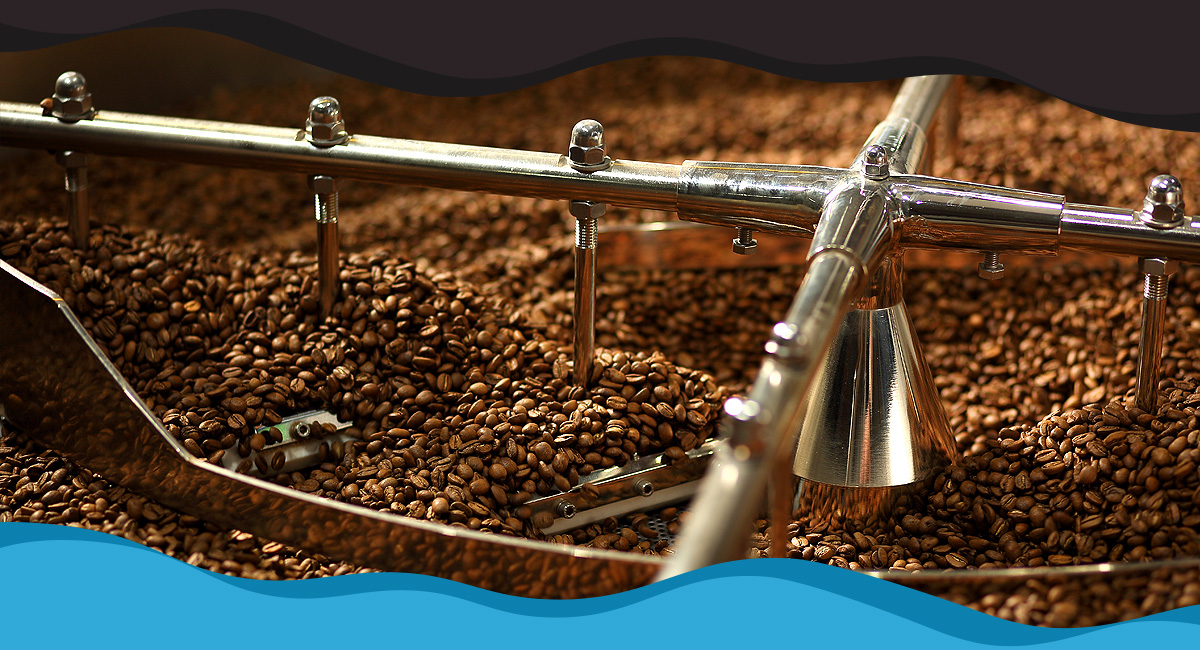
Coffee Roasting & Caffeine Levels
A common misconception is that the darker the roast, the higher the caffeine content. However, the truth reveals a different story. The roasting process has a minimal effect on the amount of caffeine in the beans. In reality, caffeine levels are relatively stable during roasting, meaning that light, medium, and dark roasted coffees contain nearly the same amount of caffeine per bean.
The method for removing caffeine from coffee is different to the roasting process. So when looking for a coffee with a lower caffeine content, or choosing between regular and decaf coffee, the roast level is not usually the best way to guide the selection.
What does change with roasting is the bean size; darker roasts cause the beans to expand and lose mass, which can lead to slight differences in caffeine when measured by scoop rather than by weight. For businesses, it's important to communicate this to customers, helping them understand that their choice between light or dark roast should be based on flavour preference rather than caffeine content. Educating customers in this way can enhance their decision-making process and appreciation for the product, fostering a more informed consumer base.
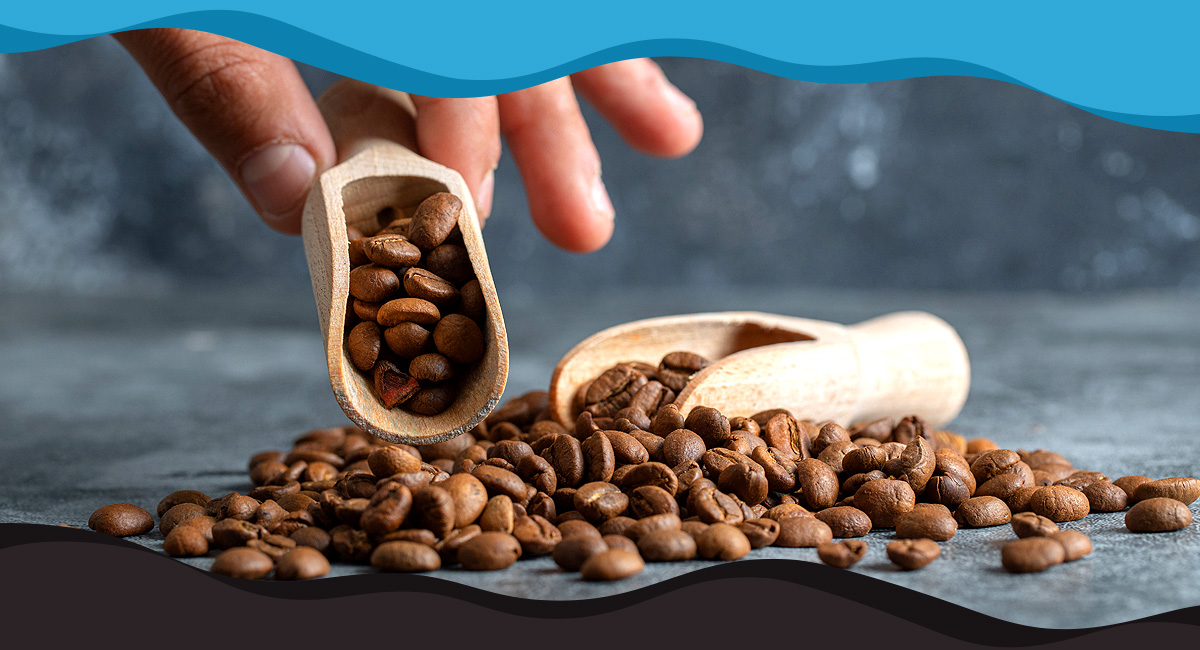
Choosing the Right Roast Level for Your Business
Understanding how to choose the best coffee beans and select the right roast level for your coffee offerings can significantly impact customer satisfaction and business success. Each roast level brings a unique profile that caters to different preferences and occasions. Understanding your business type, customer base, and menu design will guide you in making informed decisions about which roast levels to offer.
Know Your Audience
The first step in choosing the right roast level is understanding who your customers are and what they prefer. For instance, specialty coffee shops might find that their customers prefer lighter roasts, which highlight the bean's origin and unique tasting notes. A café that serves a broad clientele including daily commuters might opt for medium roasts that offer a more balanced flavour suitable for a wide range of tastes.
Consider Your Business Type
The type of business you operate can also dictate your choice of roast level:
-
Coffee Shops and Cafés: These establishments often benefit from offering a range of roast levels. Light to medium roasts can be appealing for single-origin offerings and specialty drinks, while darker roasts might be better suited for bold espresso drinks and blends.
-
Restaurants and Hotels: Medium to dark roasts are often preferred as they pair well with a variety of menu items and are generally favoured in settings where coffee is not the main focus but a complement to meals.
-
Offices and Workplaces: Dark roasts are commonly appreciated for their robust flavour and fuller body, providing a satisfying pick-me-up during work hours.
Menu Integration
Your menu design should also play a role in selecting coffee roasts. Consider how coffee integrates with other offerings:
-
Breakfast Menus: A light or medium roast can be a perfect accompaniment to morning meals, offering a gentler, more nuanced cup.
-
Dessert Pairings: Darker roasts are excellent for after meals or with sweet desserts, as the bold flavours can balance the sweetness and richness of the food.
Offering Variety
Offering a variety of roast levels can cater to diverse customer preferences and enhance the coffee experience at your establishment. This strategy not only satisfies a broader range of palates but also positions your business as a versatile and customer-oriented coffee destination. Consider the following when diversifying your coffee roasts:
-
Seasonal Offerings: Introduce seasonal roasts that align with customer preferences during different times of the year. For example, lighter roasts might be more popular in the summer months, while darker roasts could be favoured in the colder seasons.
-
Specialty Blends: Create unique blends that combine beans of different roast levels to offer a distinctive taste profile that can’t be found elsewhere.
-
Educational Events: Host tasting events or coffee education classes to help customers discover their preferred roast levels and learn about the roasting process.
Customer Feedback
For any coffee shop or similar business wanting to maximise profitability, actively seeking and acting on customer feedback regarding coffee offerings can be a wise move. This can provide valuable insights into customer preferences and help you refine your coffee menu over time. Use surveys, comment cards, or direct conversations to gauge customer satisfaction and adjust your offerings based on responses.
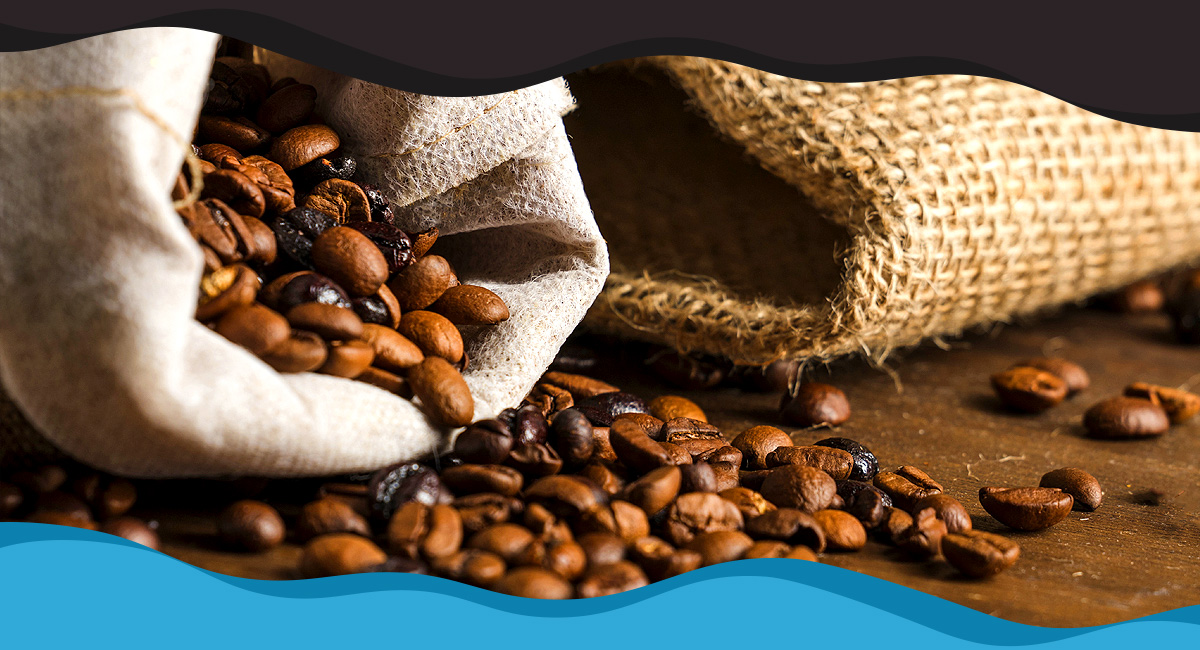
Purchase Coffee Beans For Your Business
Understanding and selecting the appropriate coffee roast levels is essential in crafting the perfect cup that resonates with your clientele. Each roast level, from light to dark, offers distinct flavours and characteristics that can significantly influence the overall coffee experience.
Light roasts bring out bright, acidic notes and complex flavours, making them ideal for coffee aficionados looking to taste the bean's origin. Medium roasts provide a balanced flavour that caters to a wide audience, perfect for everyday coffee drinkers. Dark roasts offer rich, bold flavours that stand up well in milky or sweetened beverages, preferred in more robust coffee preparations.
For business owners, experimenting with different roast levels can not only broaden your coffee offerings but also enhance your customers' satisfaction and engagement with your brand. Offering a variety of roasts can cater to a diverse customer base and elevate the overall appeal of your menu.
At PureGusto we offer a wide selection of award winning coffees, with a range of different roast options to choose from.
Browse our range to discover premium beans that can elevate your coffee offerings, or get in touch with our team if you need any help in finding the perfect coffee for your needs.